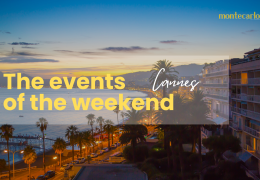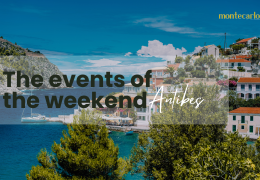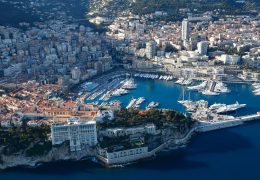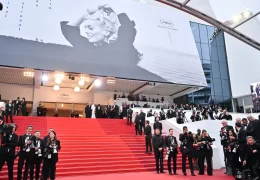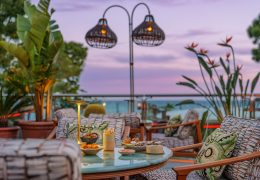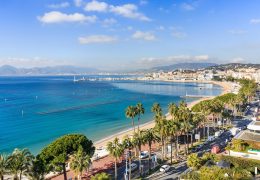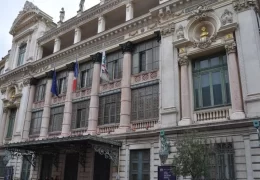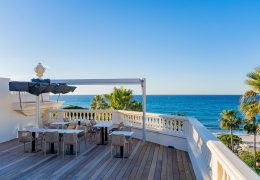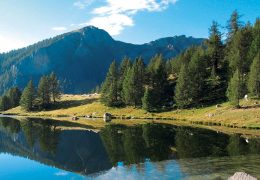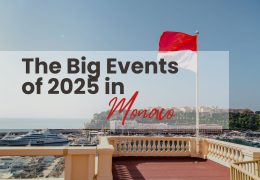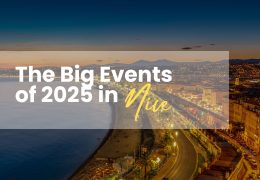Les Jardins du regard // March 15 – April 13, 2023
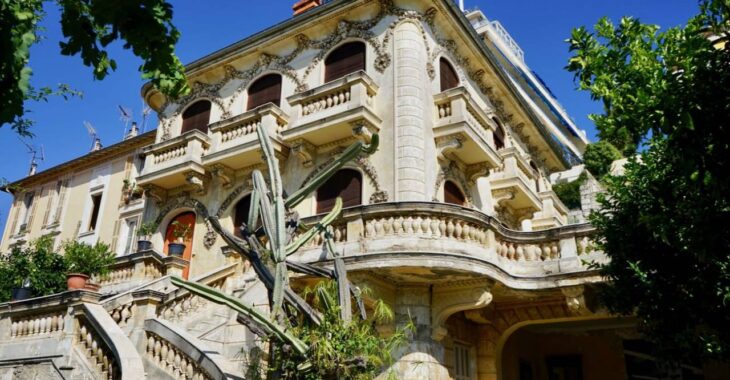
La Maison Abandonnée resumes its course and presents, starting from March 16, an exhibition on the theme of gardens: “Les Jardins du Regard.”
Five artists, connected by their interest in nature, offer their vision of the Mediterranean landscape through various artistic practices: photography, drawing, painting, sculpture…
The French Riviera is a rich land, where the omnipresence of nature around cities and the mild climate encourage living outdoors. Nature, often untamed, develops in an invasive and wild manner.
Facing climate challenges, current urban policies aim to revitalize cities by contributing to climate regulation. From ornamental gardens, they become essential for sustaining life within urban spaces.
Bertrand Cochard, aggregated and Ph.D. in philosophy, author of a text that will appear in the exhibition catalog, will also take advantage of the occasion to give a lecture and create a moment of exchange around the reflections that visitors will have.
Bertrand Cochard | Jacqueline Gainon | Favret & Manez | Céline Marin | Maxime Parodi | JP Racca Vammerisse
Opening on Friday, March 15, at 6:30 pm
March 16 – April 13, 2023
Open on Wednesdays and Saturdays from 3:00 pm to 6:30 pm
Other days by appointment: helene.fincker@villacameline.fr or text at +33 (0)7 83 82 05 86
COMING SOON…
Eternity, if possible
A FRANCO-CANADIAN ARTISTIC COPRODUCTION
June 8 – July 13
In 2018, the exhibition “Le Cabinet atomique” was presented at La Maison Abandonnée [Villa Cameline], addressing the idea of the daily taming of nuclear energy, with the atom embodying the energy of the future and the beginning of the end of times. The proposal presented trivialized dangers: nuclear power plants integrated into the landscape; tests in North Korea and Polynesia; the delicate management of radioactive waste. Since that exhibition, the pandemic has struck, the climate crisis has finally entered the vocabulary of the powerful, and the possibility of nuclear war darkens the horizon.
In our contemporary history, humanity has been and is confronted in many ways with its annihilation, or at least with its great vulnerability. But for it to truly imagine its disappearance, humans need real facts where eschatology emerges from philosophical or theological discourses to become a tangible possibility. In response, threats have multiplied, never disappearing, but rather stacking on top of each other.
The exhibition project “L’éternité, si possible” fits into this present marked by the multipolarity of risk sources and announces itself as a continuation of reflection on the notion of survival in these uncertain times.
The two curators and the eight artists, 4 French and 4 Canadian, will explore different aspects or simulacra of the destruction of our ways of life through contemporary art, visual, and literary works. The museum routes will be presented in the form of an anticipatory narrative. Humans have endowed themselves with the divine power to destroy the world.
And it is to the rhythm of the ticking of the apocalyptic clock (“doomsday clock”) that the works will show an irreversible past, a concerning present, and a future that is uncertain, while illustrating the powerful inherent desire in our Western humanity, that of being eternal.



